
views
Choosing a Topic
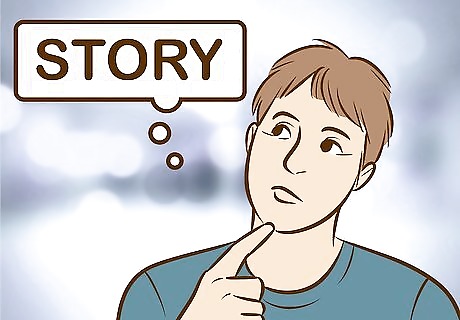
Find a compelling story. Read the news and talk to people to find interesting stories. Think about what phenomena are happening and how you can talk about them in a new and innovative way.

Do research on your topic. Finding out background information can help you figure out an angle and identify subjects to interview. Doing online research is good, but it may only get you so far. You may also need to consult books to make sure you are fully aware of the issues surrounding a topic. A historical article may require a visit to an archive.
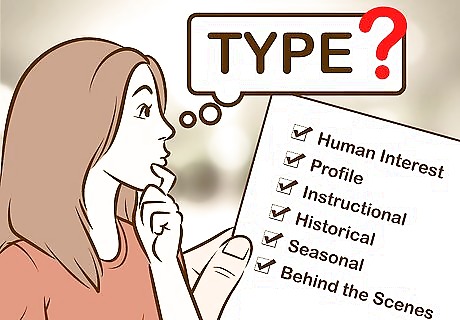
Decide on the type of feature you want to write. There are a number of ways to write a feature, depending on what you want to focus on. Some of these include: Human Interest: Many feature stories focus on an issue as it impacts people. They often focus on one person or a group of people. Profile: This feature type focuses on a specific individual’s character or lifestyle. This type is intended to help the reader feel like they’ve gotten a window into someone’s life. Often, these features are written about celebrities or other public figures. Instructional: How-to feature articles teach readers how to do something. Oftentimes, the writer will write about their own journey to learn a task, such as how to make a wedding cake. Historical: Features that honor historical events or developments are quite common. They are also useful in juxtaposing the past and the present, helping to root the reader in a shared history. Seasonal: Some features are perfect for writing about in certain times of year, such as the beginning of summer vacation or at the winter holidays. Behind the Scenes: These features give readers insight into an unusual process, issue or event. It can introduce them to something that is typically not open to the public or publicized.

Consider the audience you’d like to talk to. As you brainstorm story ideas, think about who will read these stories. Ask yourself questions such as Who will be my readers? and What kinds of angles appeal to these readers? For example, you might write a profile about a pastry chef, but you’ll write differently depending on if your readers are aspiring chefs or if they are wedding planners looking to buy a wedding cake.
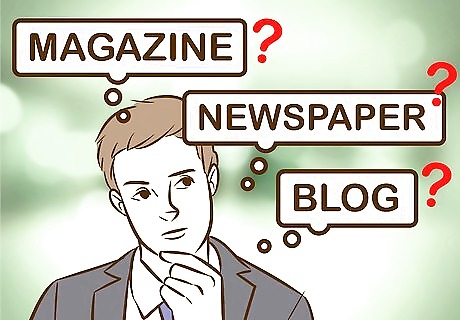
Consider the type of publication you’re writing for. If you are writing for a magazine or blog with a very specific topic, such as gardening, then you will likely need to tailor your feature article to reflect that interest in some way. A newspaper, on the other hand, is meant for a more general audience and may be more open to varied content.
Interviewing Subjects
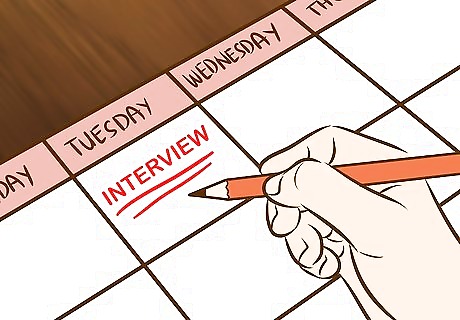
Schedule an interview at a time and place convenient for the interviewee. Ask your interviewee to tell you when and where the best place is for them to meet. If they give you a choice, ask for a quiet place where you will be relatively undisturbed for the duration of the interview. Schedule about 30-45 minutes with this person. Be respectful of their time and don’t take up their whole day. Be sure to confirm the date and time a couple of days ahead of the scheduled interview to make sure the time still works for the interviewee. If your interviewee needs to reschedule, be flexible. Remember, they are being generous with their time and allowing you to talk with them, so be generous with your responses as well. Never make an interviewee feel guilty about needing to reschedule. If you want to observe them doing a job, ask if they can bring you to their workplace. Asking if your interviewee will teach you a short lesson about what they do can also be excellent, as it will give you some knowledge of the experience to use when you write.
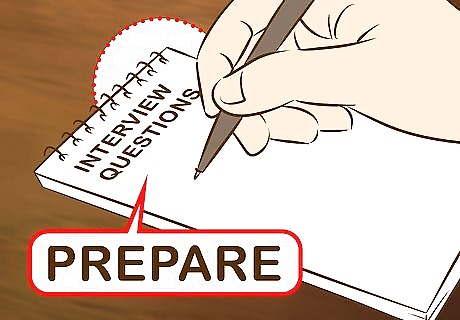
Prepare for your interview. Do research ahead of time to ensure that you are asking the most compelling questions. Have a long list of questions to keep the conversation flowing. Know your interview subject’s background and experience, as well as their views on the subject that you’re interviewing them about.
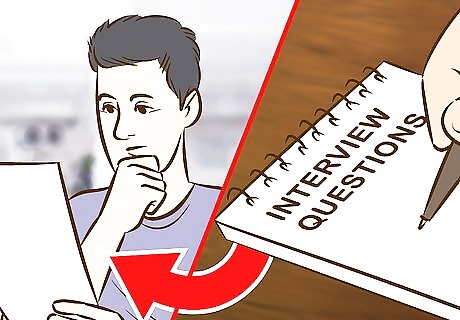
Give a list of questions to your interviewee ahead of time. The direction of the interview should not be a surprise to the interviewee. Giving them the questions before the interview will help them be able to give more thoughtful answers.
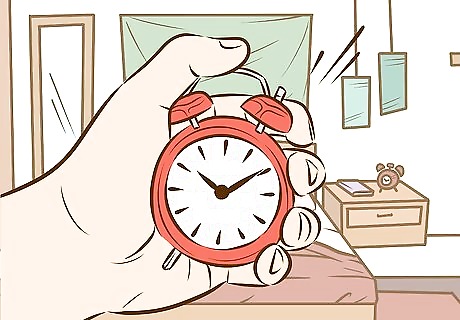
Arrive early for the interview. Your interviewee’s time is valuable, so you don’t want to waste the appointment rushing in and catching your breath. Get to the interview site early. Set up your audio recording equipment and test it out. Make sure you have extra pens and paper.
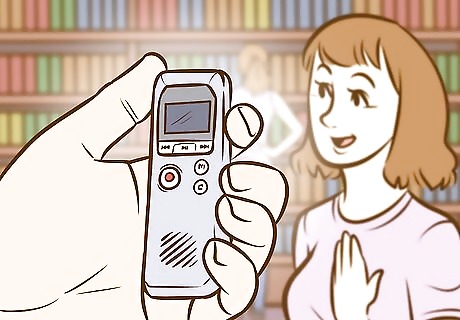
Audio-record the interview. Use an audio recorder for the interview, but take notes throughout as well. There is always the possibility that your recorder will run out of batteries or memory. Be sure to ask your interviewee if it’s okay to audio-record the interview. If you plan to use the audio for any purpose other than for your own purposes writing up the article (such as a podcast that might accompany the feature article), you must tell them and get their consent. Don't pressure the interviewee if they decline audio recording.

Confirm details about your interviewee. You don’t want to write a lengthy feature about a person only to find out that you’ve spelled their name wrong. Make sure you double-check the spelling of their name, as well as other details that are important to the story.

Ask open-ended questions. Questions that rely on yes or no answers will not give you very rich information. Instead, ask questions that start with “how” or “why.” These types of questions give the interviewee a chance to tell a story, relate details or give their opinion. Another good option is a question that begins Tell me about a time when.... This allows the interviewee to tell you the story that's important to them, and can often produce rich information for your article.

Actively listen. Listening is a key component of a good interview. Don’t give too many of your own observations, but do react to what they are telling you by smiling or nodding. People are more likely to continue talking when their audience is receptive.

Ask follow up questions. Part of being a good interviewer is determining when someone is finished talking about a particular subject and when it will be helpful to prompt them for further discussion. You can also use your follow up questions to make connections between ideas.
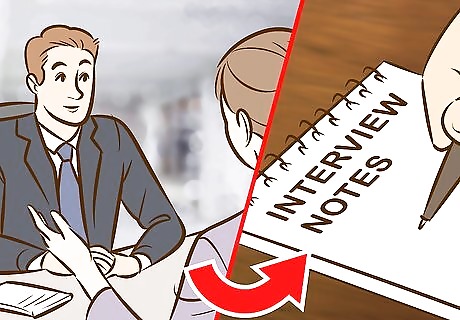
Make notes immediately after the interview. Make observations and notes immediately when you’re finished with the interview when it is fresh in your mind. These might be observations about the location, what the person looked like, what they were doing or how they were carrying themselves.
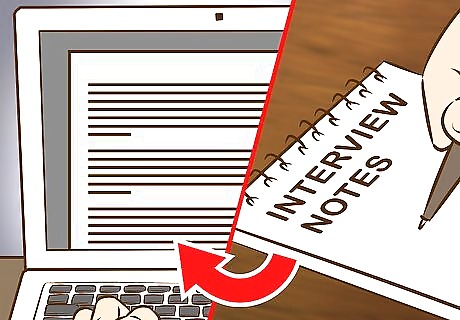
Transcribe the interview. Transcribing, or typing out the entire interview, can be a tedious task. It is essential for getting quotes correct, however, and it can be very helpful to be able to read what your interviewee said. Do this yourself or pay someone to transcribe for you.
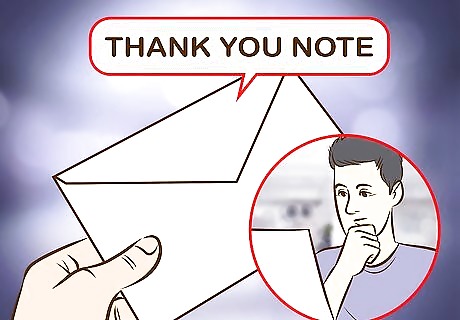
Send a thank you note to your interviewee. Thank them for their time, and give them an idea of when to expect the article about them. This is also a chance when you can ask a few follow-up questions if you find you need more information.
Preparing to Write the Article
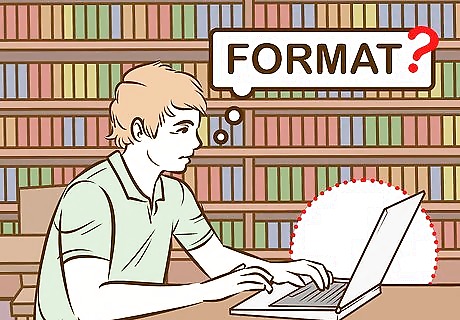
Choose a format for your article. Feature articles do not have a particular formula the way hard news articles do. You don’t need to follow the “inverted pyramid” style of writing that conveys the “who, what, where, when and why” of a news story. Instead, choose a more inventive way to write a story. Some possible formats may include: Start by describing a dramatic moment and then uncover the history that led up to that moment. Use a story-within-a-story format, which relies on a narrator to tell the story of someone else. Start the story with an ordinary moment and trace how the story became unusual.
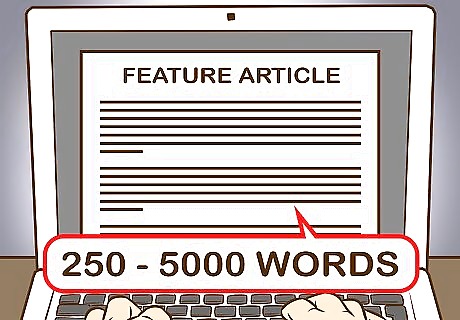
Decide on approximate length for the article. Newspaper feature stories run between 500 and 2,500 words, while magazine features run from 500 to 5,000 words. Blog features run from 250 to 2,500 words. Check with your editor to see how long they would like your article to be.

Outline your article. Start piecing together your article by reviewing your notes, selecting quotes, and drafting a structure for the article. Start with your introduction and decide how you want to build the article. What information do you want to reveal first? As you get to the conclusion, think of the overall theme or lasting impression you want to leave with the reader. Consider what you absolutely must have in the story and what can be cut. If you are writing a 500-word article, for example, you will likely need to be very selective about what you include, whereas you have a lot more space to write in a 2,500 word article.
Writing the Article
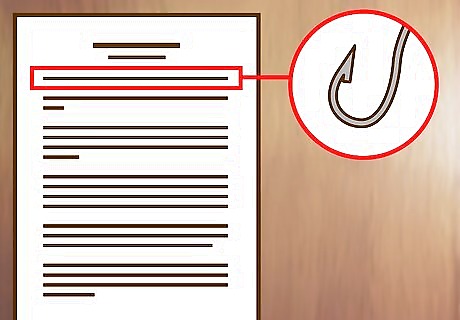
Write a hook to open your story. Your first paragraph is your chance to hook your reader and draw them into your story. If the opening paragraph is dry or difficult to follow, you will lose your reader and they won’t continue on to the rest of your story. Start with an interesting fact, a quote, or an anecdote for a good hook. Your opening paragraph should only be about 2-3 sentences.
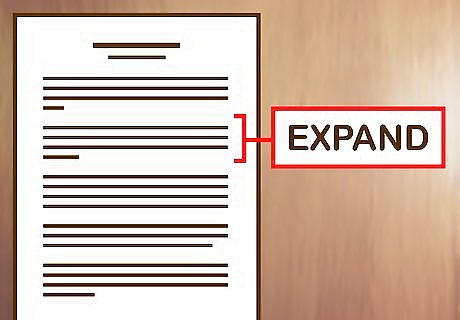
Expand on your lead in the second paragraph. While your lead might draw people in, your second paragraph (and subsequent paragraphs) need to start explaining the reason for the story. Why are we reading this story? What is important about it?

Follow your outline. You’ve drafted your article in outline form, which can help you stay on track to building a good feature article. The outline can also help you remember how details connect to each other and how quotes support certain points that you’re making. Be flexible, however. Sometimes when you write, the flow makes sense in a way that is different from your outline. Be ready to change the direction of your piece if it seems to read better that way.
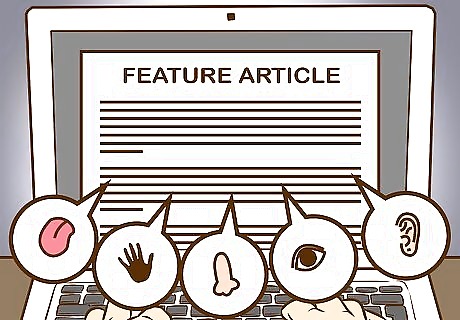
Show, don’t tell. By writing a feature article, you have the chance to describe people and scenes to the reader. Describe a setting or person so that the reader can clearly envision it in their mind.
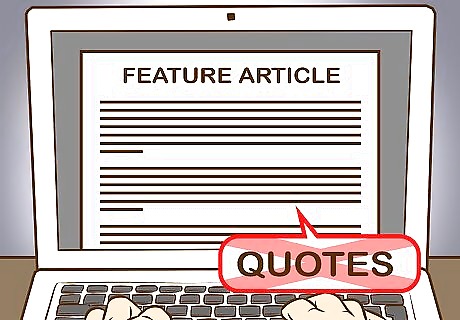
Don’t use too many quotes. While it can be tempting to include the interviewee’s own words in the story, don’t rely too much on quoting them. Otherwise, this becomes more of a straightforward interview. Write around their quotes to give them context, build the story and help the reader interpret what the interviewee is saying.
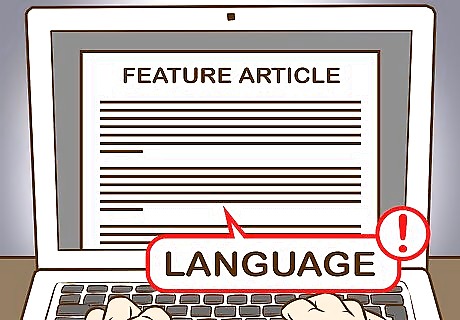
Choose language that is appropriate to your readers. Consider the target audience of the publication for which you are writing and write to their level and interest. Do not assume they are familiar with what you’re talking about, so you may need to explain certain things. Be sure to spell out acronyms and explain jargon or slang. Write in a style that is more conversational, rather than stiff and academic.
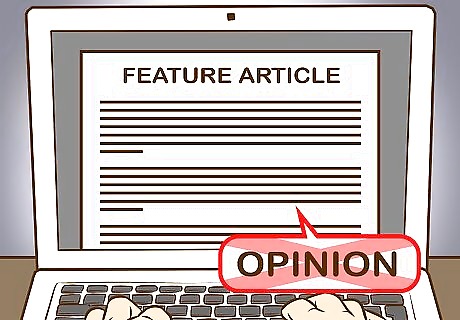
Keep your opinion out of the article. A feature article is a piece that conveys information and detail about a person or phenomenon. It is not an opportunity for you to give your opinion on a topic. Rather, your personality is conveyed through your writing style.
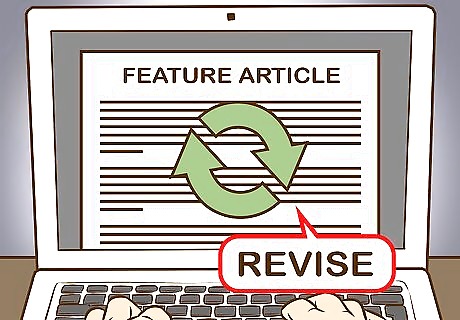
Revise your article. Once you finish writing, put the article away for a day to get some distance from it. Come back to it when you are fresh and read through it all the way. Think of ways to sharpen descriptions, clarify points and streamline explanations. What areas do you need to cut out? What areas need additional information?
Finalizing the Article
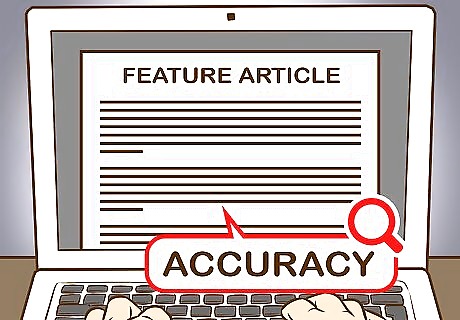
Check for accuracy, and check again. The last thing you want to do is write an article that does not have accurate details or information. Double-check how names are spelled, the order of events, and other pertinent details.
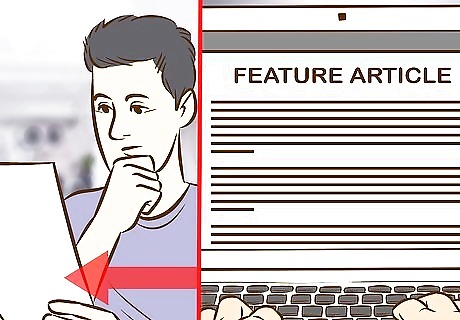
Have your subject read your article. Not all feature writers do this, and in fact, some may argue that this can detract from the journalistic quality of a piece. But many subjects often want to see their article before it is printed in order to make sure they feel they are represented properly and fairly. You can choose to incorporate or not incorporate their suggestions.
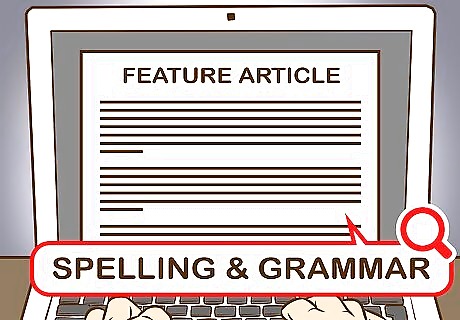
Check spelling and grammar. Do not detract from your feature article with misspelled words and poor grammar. Consult "The Elements of Style," which is the standard for proper grammar usage. Consult "The Associated Press Stylebook" for style guidelines, such as how to format numbers, dates, street names, and so on.
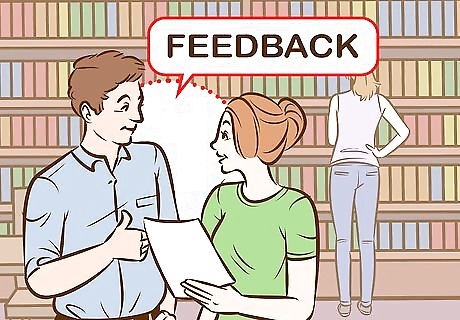
Get feedback on the article. Ask a friend or colleague to read through the article. Your editor will also give you feedback. Be open to this feedback and don’t take it personally. They want you to write a good, solid article, and will give you advice on how to change, clarify or expand on what you’ve already written in order to make the best article possible.
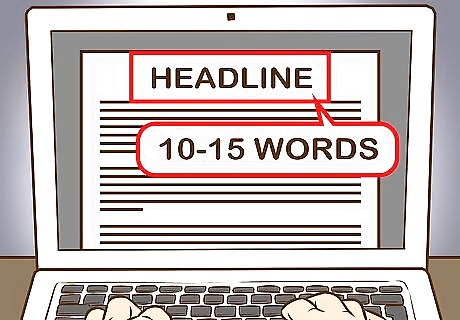
Write a headline. Your publication might write headlines for you, but if you want the initial entry into the article to be reflective of your content, write a headline that does so. The headline is short and to the point, using no more than about 10-15 words, if that. A headline should be action-oriented and should convey why the story is important. It should grab the reader and draw them into the article. If you want to convey slightly more information, write a sub-headline, which is a secondary sentence that builds on the headline.
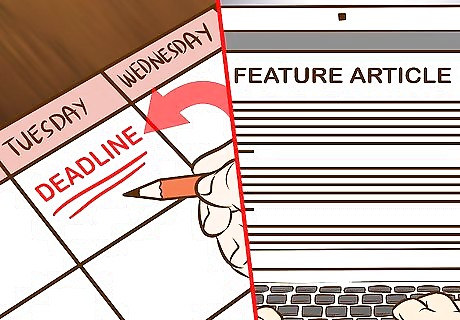
Submit your article by the deadline. Make sure your article is submitted to your editor or to the publication on or before the deadline. Late articles usually do not get printed, and then all of your hard work will either be delayed until the next issue or not published at all.










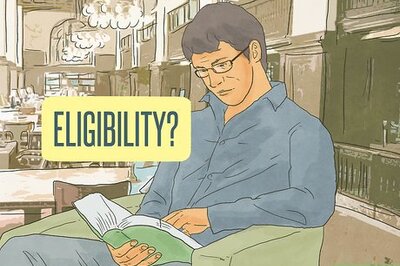









Comments
0 comment